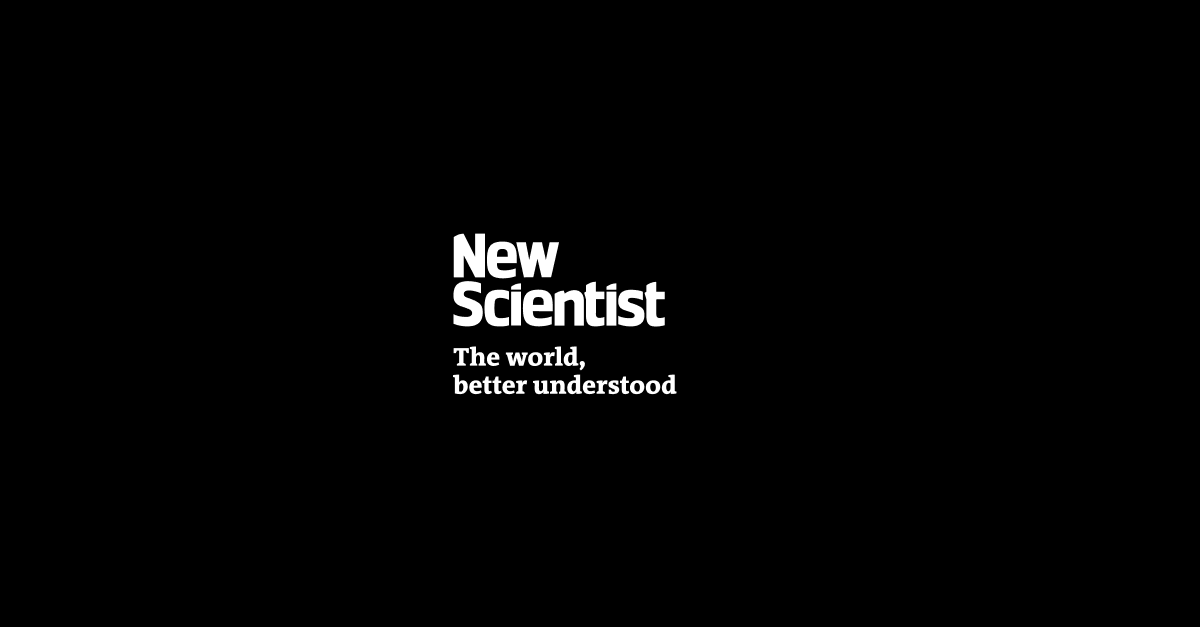The most common tools for assessing the rarity of a finding still require plenty of assumptions Shutterstock / Kenishirotie
Terry Pratchett was fond of saying that million-to-one chances crop up nine times out of ten. On the face of it, this sentence is mathematically absurd, but in the fantasy world of Pratchett’s Discworld books, powered by the magic of narratives, it makes perfect sense. Of course heroes are always going to face incredible odds, and of course they are almost always going to overcome them, because that is what heroes do.




